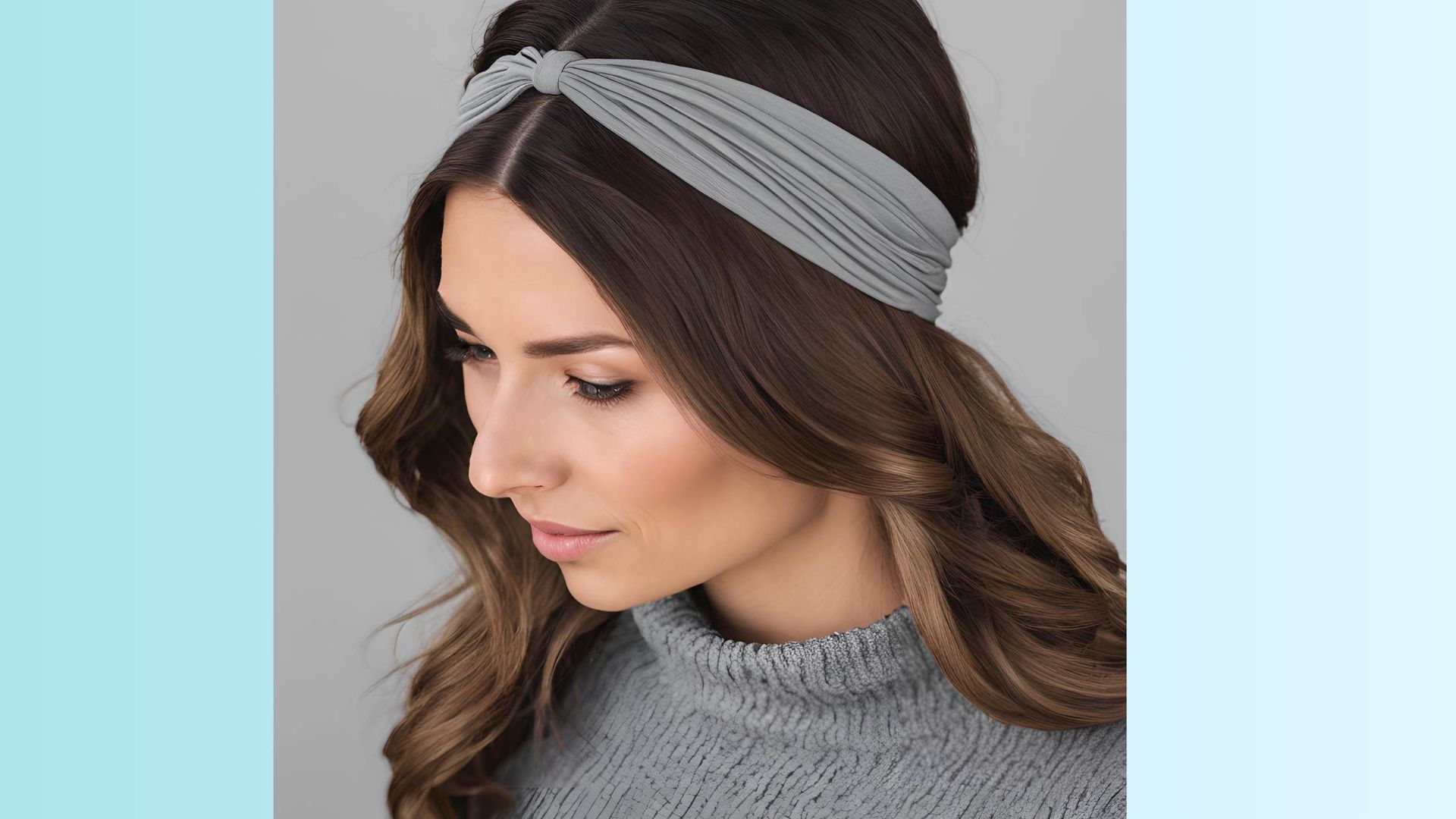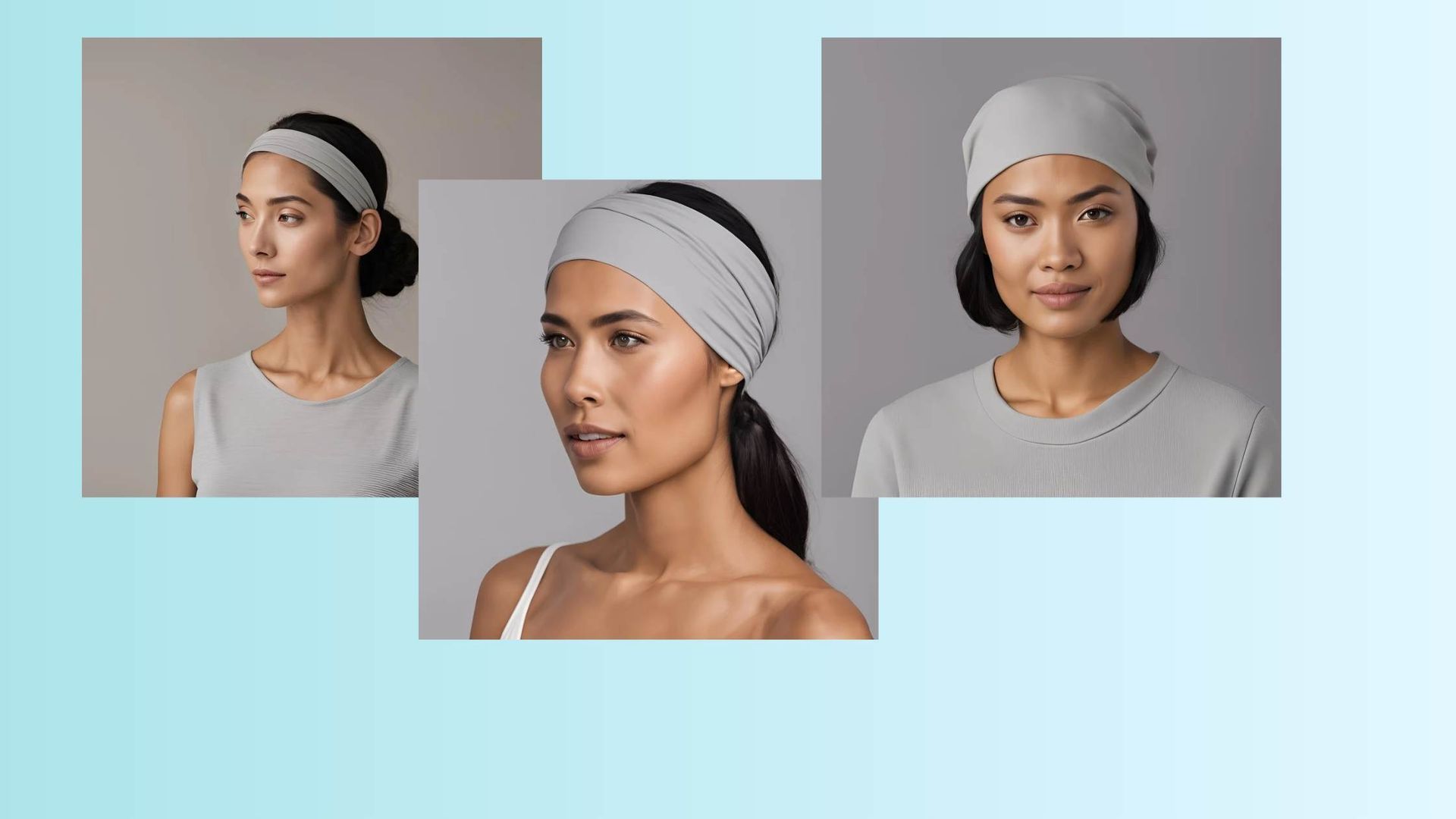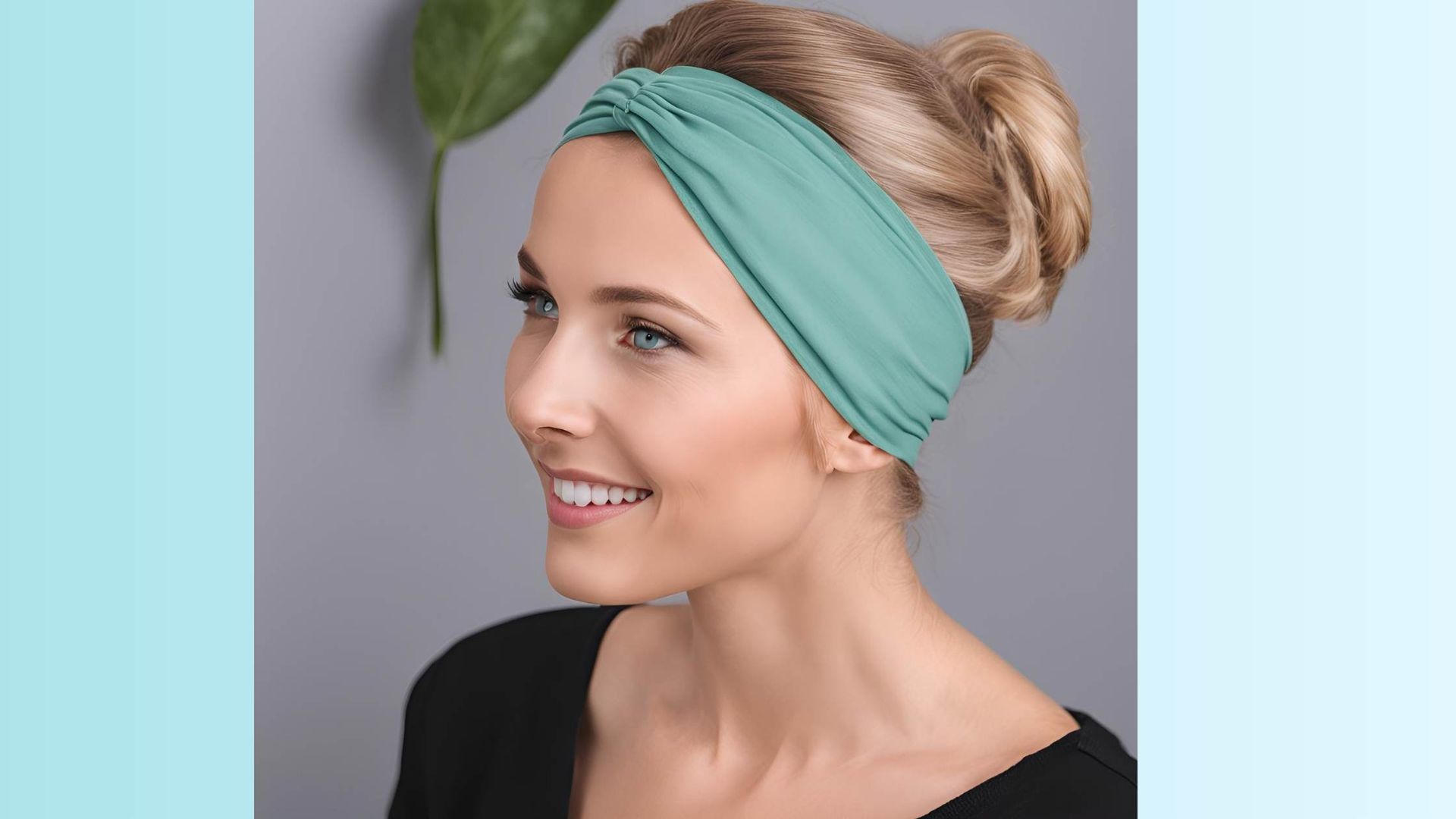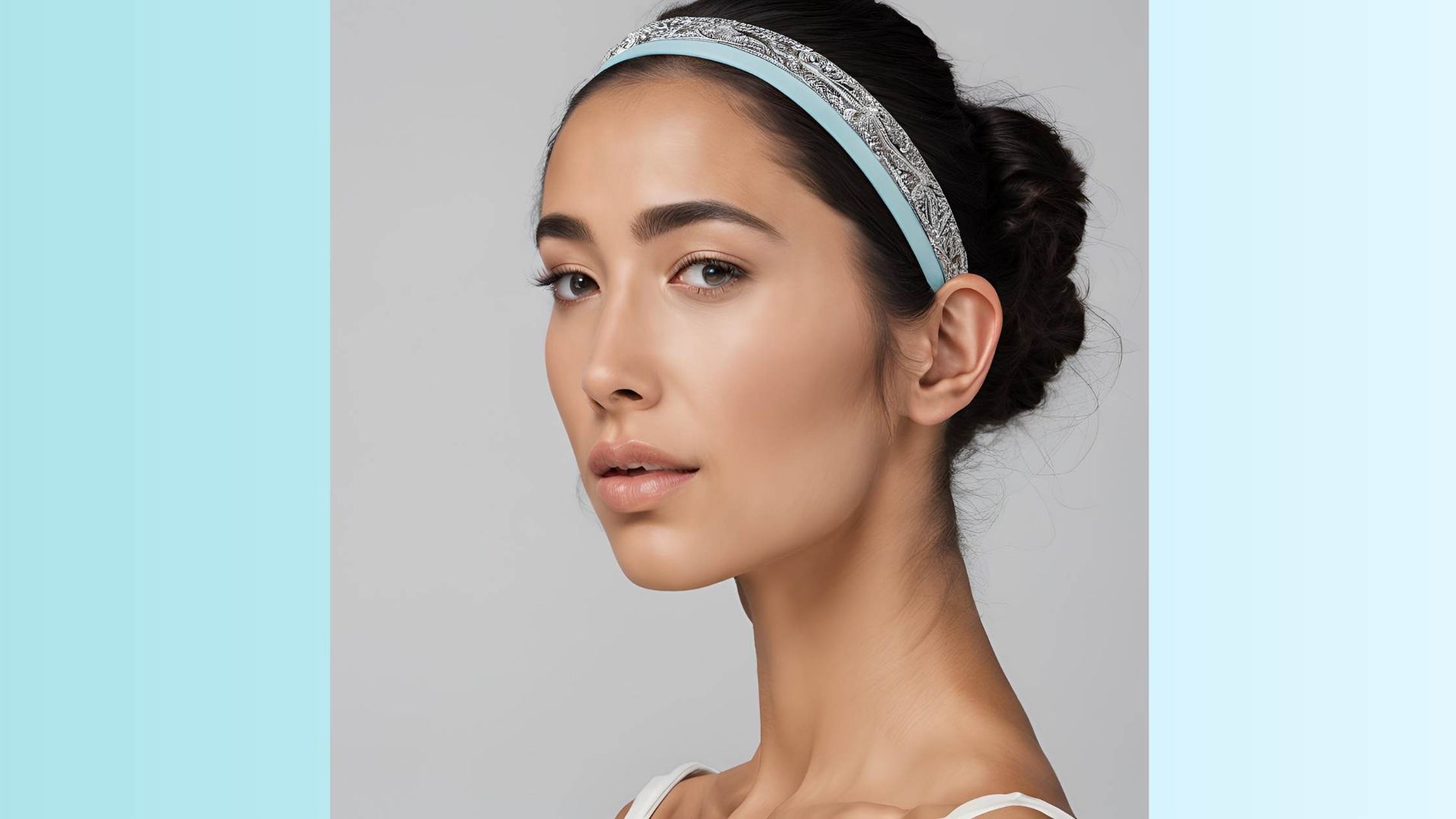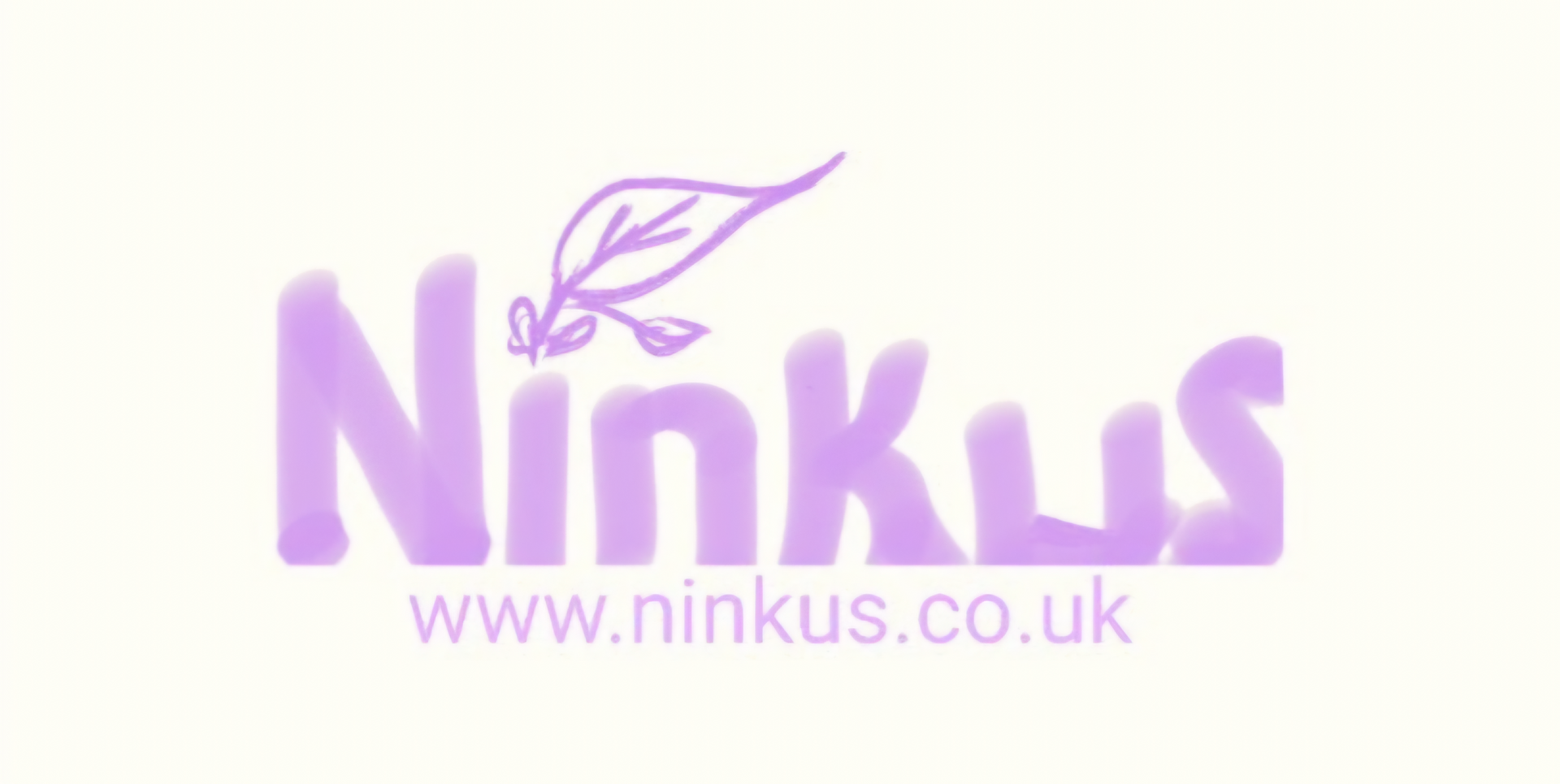Headbands Through History: A Cultural Overview Ancient Origins
Origins of the headboard.
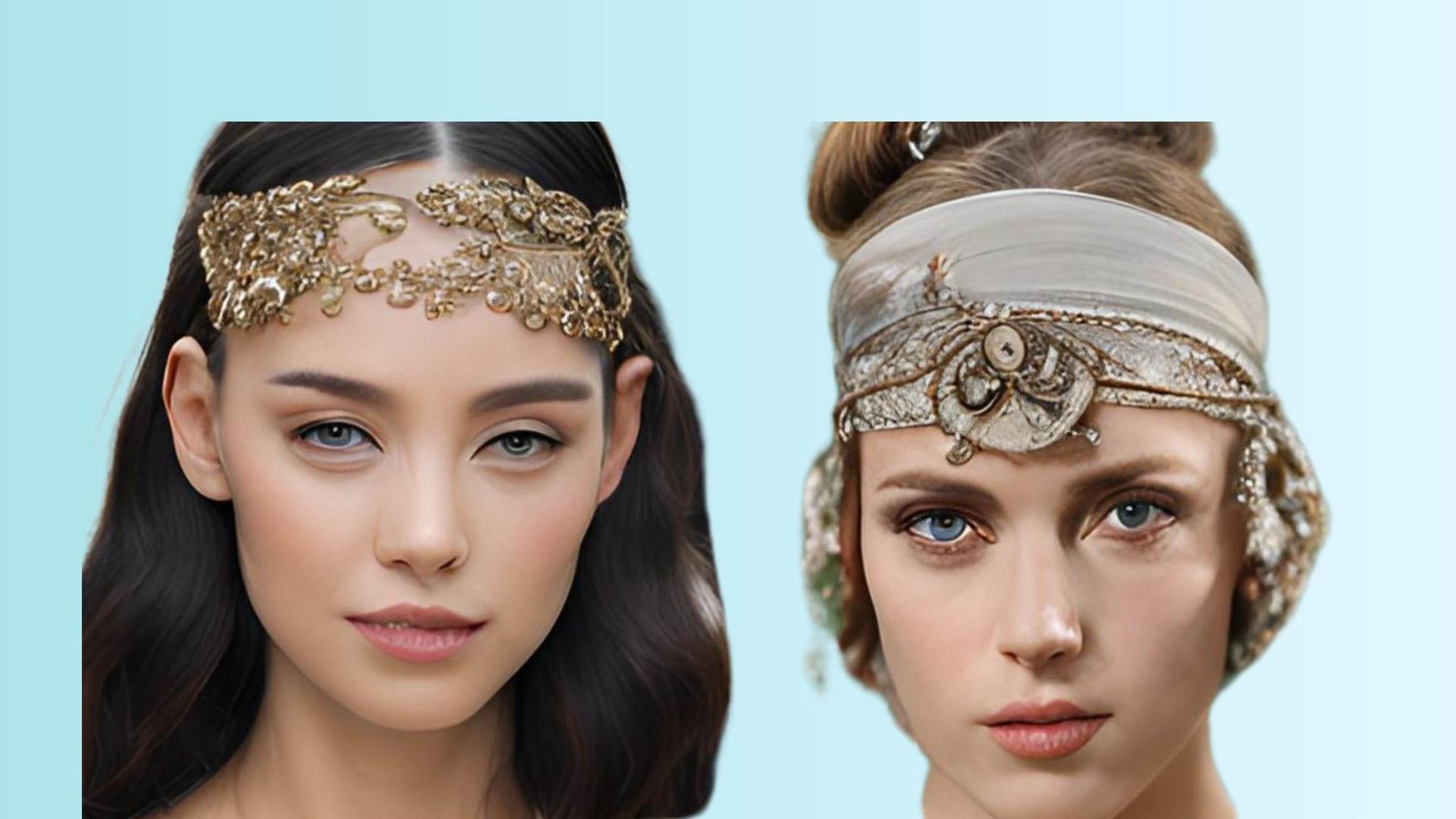
Ancient hair accessories.
Headbands have a rich and varied history that dates back to ancient civilizations. In ancient Greece, they were known as "diadems" and were often crafted from precious metals and adorned with jewels, signifying royalty and divinity. The Greeks believed these headpieces held the power to confer status and authority, and they were frequently worn during religious ceremonies and athletic competitions. Similarly, in ancient Egypt, headbands were a symbol of power and protection, often associated with the gods and pharaohs who wore them as a mark of their divine connection.
The Roman Influence
As the Roman Empire rose to prominence,
headbands became a popular fashion accessory among Roman citizens, reflecting
their admiration for Greek culture. The Romans adopted and adapted the Greek
diadem, crafting their own versions from gold and other metals. These headbands
were not only symbols of status but also played a protective role, as they were
believed to shield the wearer from evil spirits. Roman soldiers also wore
practical versions of headbands, known as "fillets," to keep their hair
in place during battle.
Eastern Elegance
In Asia, headbands have been an integral
part of traditional attire for centuries. In China, the "guan" was a
ceremonial headpiece worn by emperors and officials as a symbol of their rank
and prestige. These headbands were often intricately designed and made from
luxurious materials. In Japan, headbands known as "hachimaki" were
worn by samurai warriors for luck and protection in battle. Over time, the
hachimaki evolved into a cultural symbol of perseverance and determination,
often donned by students and athletes during significant challenges.
Medieval Europe
During the Middle Ages, headbands were
primarily worn by women in Europe as a fashionable accessory. Known as
"circlets," these headbands were often crafted from metal or fabric
and decorated with pearls, gems, or lace. They were a popular choice among
noblewomen and were often worn during formal events or as part of bridal
attire. The headband's popularity during this era was partly due to its
simplicity and versatility, allowing it to complement the elaborate hairstyles
of the time.
Renaissance Revival
The Renaissance period saw a resurgence
of interest in classical antiquity, which brought headbands back into fashion.
Artists and intellectuals of the time adopted headbands as a nod to the ancient
Greeks and Romans, often depicted in portraits wearing garlands or wreaths.
This era also saw the emergence of the padded headband, which provided both a
fashionable and functional solution for women seeking to add volume to their
hairstyles.
19th Century Fashion Statements
By the 19th century, headbands had become
a staple accessory in women's fashion, often used to complement elaborate
hairstyles and hats. The Victorian era, in particular, embraced the headband as
a symbol of femininity and elegance. During this time, headbands were often
adorned with lace, ribbons, and flowers, reflecting the romantic aesthetics of
the period. As fashion evolved, headbands became more intricate, showcasing the
craftsmanship and artistry of milliners and designers.
The Roaring Twenties
The 1920s marked a significant shift in
headband fashion, with the rise of the flapper culture. Headbands became a
defining accessory of the era, often worn low on the forehead and embellished
with beads, feathers, and sequins. These headbands, known as "flapper
bands," were a symbol of the newfound freedom and liberation women
experienced during the decade. They complemented the bold and daring fashion
choices of the time, making a statement of modernity and rebellion against
traditional norms.
Mid-20th Century Trends
The mid-20th century saw headbands
fluctuate in popularity, with each decade bringing its own unique spin on the
accessory. In the 1960s, headbands became a symbol of the counterculture
movement, often worn by hippies as a sign of peace and love. These headbands
were typically handmade from natural materials like leather or fabric,
reflecting the era's emphasis on individuality and self-expression. In the
1970s, headbands took on a more athletic role, becoming a staple in sports
fashion thanks to their practicality and functionality.
Modern-Day Versatility
Today, headbands are as versatile as
ever, with countless styles and designs to suit every taste and occasion. From
minimalist designs for everyday wear to elaborate pieces for special events,
headbands continue to be a popular fashion accessory. They have also made a
comeback in the world of high fashion, with designers incorporating them into
their runway shows and collections. The headband's enduring appeal lies in its
ability to adapt to changing trends while remaining a timeless symbol of style
and expression.
Cultural Significance
Throughout history, headbands have been
more than just a fashion accessory; they have held significant cultural
meanings across different societies. Whether symbolizing power and authority,
serving as a protective talisman, or representing personal identity and style,
headbands have played a crucial role in human history. Their journey from
ancient times to modern-day fashion reflects the ever-evolving nature of
culture and the ways in which we express ourselves through what we wear.



